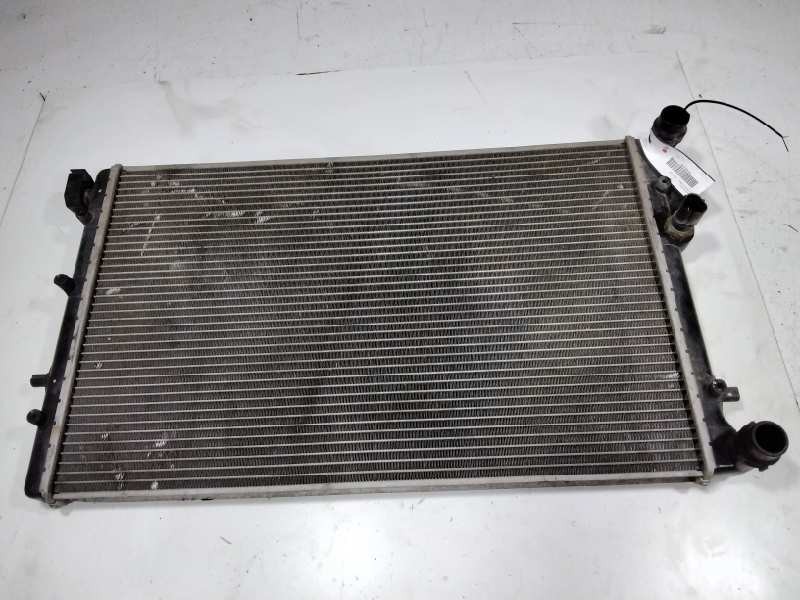
The radiator is a critical component of any vehicle’s cooling system, and trucks are no exception. Proper maintenance and timely identification of radiator issues are essential to prevent overheating and costly repairs. In this blog, we will discuss the key signs that indicate a failing truck radiator. By recognizing these signs early on, you can address the problem promptly and avoid potential breakdowns on the road.
Engine Overheating
One of the most evident signs of a failing radiator is engine overheating. If your truck’s temperature gauge consistently shows higher-than-normal readings or the engine temperature warning light illuminates, it’s a clear indication of a problem with the cooling system. Overheating can result from a radiator that is clogged, leaking, or not effectively transferring heat. Any sudden rise in temperature warrants immediate attention to prevent severe engine damage.
Leaking Coolant
A leaking radiator is a red flag that should never be ignored. Inspect the area around the radiator and underneath the truck for any signs of coolant leaks. Puddles of green, yellow, or pinkish fluid are indications of a leak. Coolant leaks can occur from various places, such as the radiator hoses, fittings, or the radiator itself. Leaks can lead to low coolant levels, reducing the radiator’s ability to regulate engine temperature.
Discolored Coolant
During routine maintenance, take a look at the coolant in your truck’s reservoir or radiator. Healthy coolant should be a vibrant color, typically green, yellow, or pink, depending on the type used. However, if the coolant appears discolored or has a milky consistency, it indicates a problem. Discoloration may suggest the presence of rust, oil contamination, or a blown head gasket, all of which can compromise the radiator’s functionality.
Visible Rust or Corrosion
Over time, radiators can develop rust and corrosion due to exposure to heat, moisture, and contaminants. Inspect the radiator for visible signs of rust or corrosion, which typically appear as discolored patches or flakes. Rust can weaken the radiator’s structure and cause leaks or blockages, hindering the proper flow of coolant. If you notice signs of rust or corrosion, it’s essential to address the issue promptly before it worsens.
Sludge or Debris Build-up
Another indication of a failing radiator is the presence of sludge or debris. Inspect the coolant for signs of contamination, such as floating particles or a thick, muddy consistency. Sludge or debris can accumulate inside the radiator over time, impeding the flow of coolant and causing cooling inefficiencies. Regular coolant flushes and system inspections can help prevent such build-up and ensure optimal radiator performance.
Identifying signs of a failing truck radiator early on is crucial for maintaining your vehicle’s performance and preventing breakdowns. If you notice any of these signs, consult a professional mobile truck repair service to diagnose and address the radiator issue promptly. Remember, proactive maintenance and timely repairs can save you from costly breakdowns and keep your truck running smoothly on the road.
To get more information about us, follow us on Facebook and Instagram. Or call us right now for a road service on: repairtrucktrailer.com
